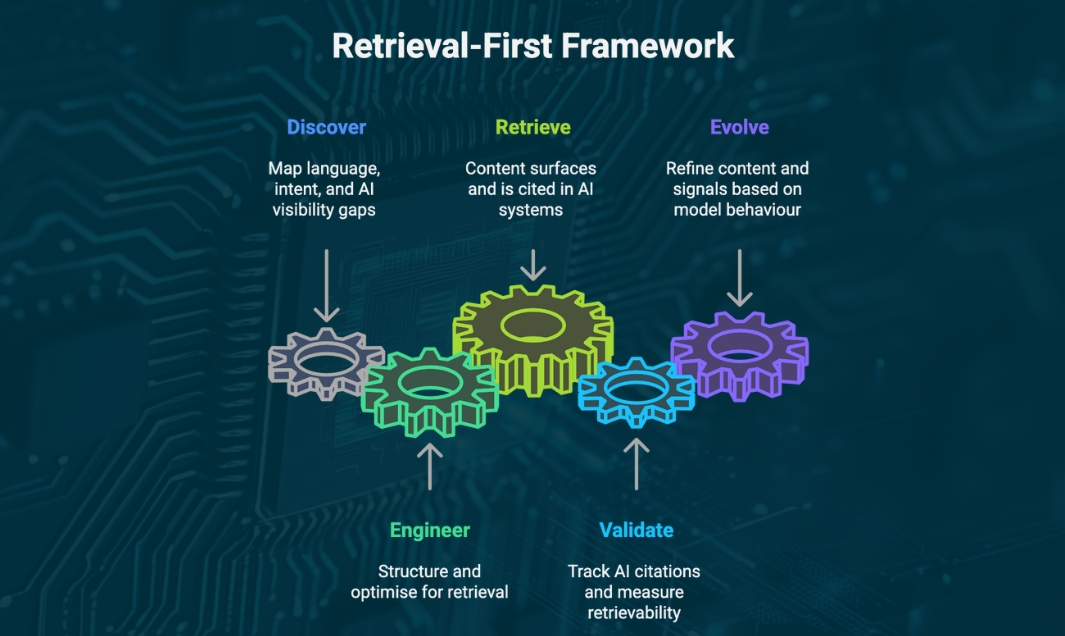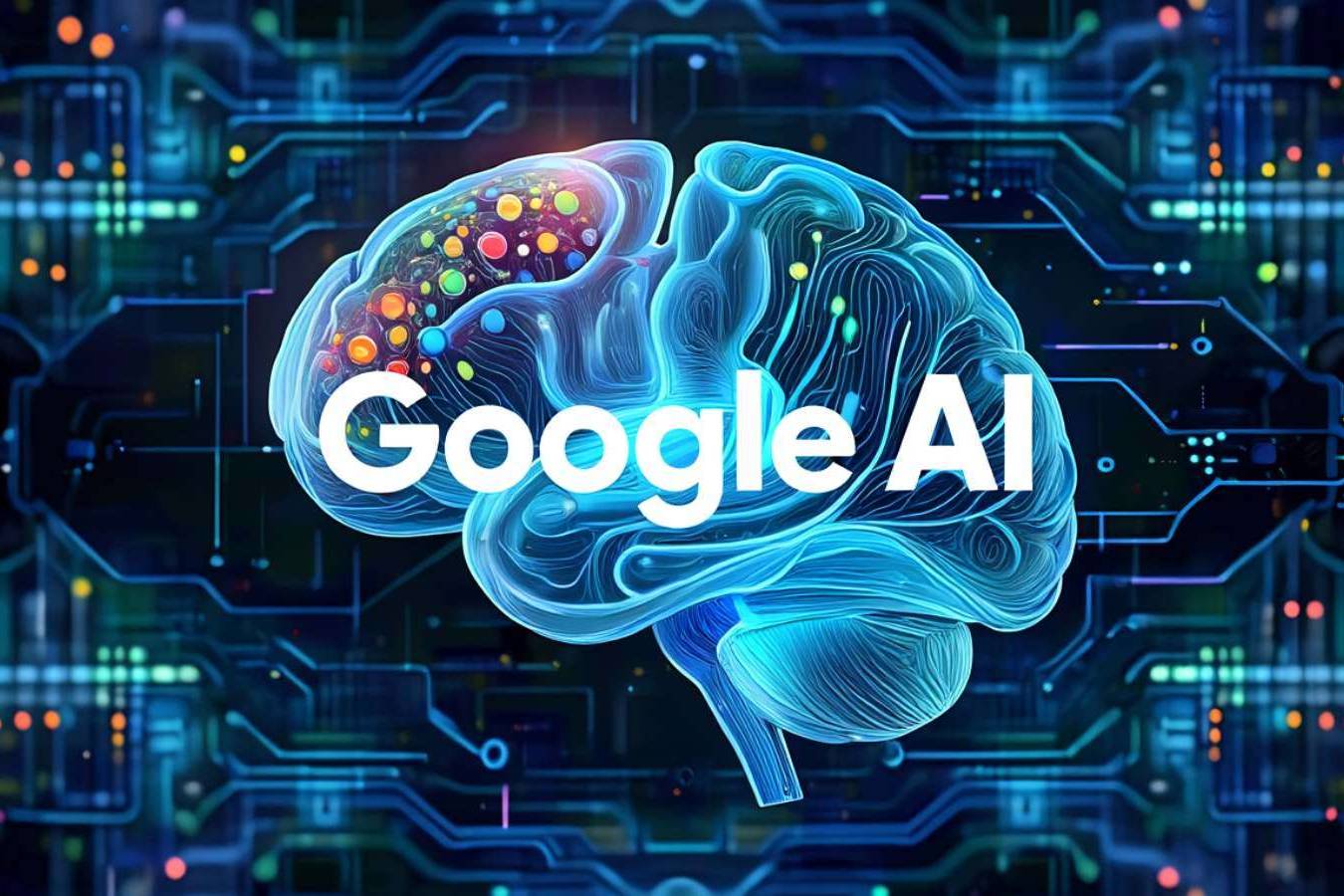Search is evolving into something faster, smarter, and less visible.Retrieval-First™ is the framework I built to bridge that change: a system designed for how AI engines actually see, store, and surface information. It’s not about chasing rankings anymore — it’s about engineering content that can be retrieved, cited, and trusted by machines and people alike.
Martin Jeffrey, Founder of Harton Works
Retrieval-First™ is the framework I built to bridge that change: a system designed for how AI engines actually see, store, and surface information. It’s not about chasing rankings anymore — it’s about engineering content that can be retrieved, cited, and trusted by machines and people alike.
Why Retrieval-First™ Matters
From a user’s perspective, retrieval feels instantaneous. You type a question and an AI system delivers an answer in a blink.
But that answer isn’t chosen in the moment.
It’s the product of weeks and months of groundwork. AI engines lean on cached embeddings — mathematical maps of meaning — and entity graphs like Google’s Knowledge Graph to understand relationships. They also use infrastructure such as Google’s Mustang, which pre-maps billions of connections so retrieval happens faster.
When the query is asked, real-time systems like Navboost (learning from clicks and behaviour) and Glue (tying signals together) decide what makes the cut. Visibility isn’t about the instant. It’s about whether your content has already been made discoverable, extractable, and citable.
And yet, retrieval can also move quickly. We’ve seen new pages cited in Gemini within 24 hours. In the AI era, depth compounds over time, but speed can surface opportunity almost immediately — if your content is engineered for it.
That’s why we created the Retrieval-First™ framework at Harton Works: to give brands a methodology built for how AI search actually works, not just how Google used to.
Why I Built Retrieval-First™
After 27 years in SEO — working with brands from ASDA and Tesco to Nike and Reebok — I saw the same pattern repeating across sectors. Traditional SEO, even when executed flawlessly, was no longer enough to secure visibility. Clients held top Google rankings but were invisible in AI search. The industry needed a framework that recognised this shift.
Since 1998 I’ve seen every wave of change: meta tags, link building, mobile-first, semantic search. Each altered how brands were discovered. But nothing has disrupted the fundamentals as dramatically as AI-powered retrieval.
By 2023–2024, the warning signs were clear. Pages that dominated Google weren’t surfacing in Gemini or Claude. Brands with huge SEO investment disappeared in ChatGPT or Perplexity. Strategies built for rankings weren’t translating into retrievability.
Retrieval-First™ was born from this necessity — not theory, but practice, forged through client work and decades of experience.
What Retrieval-First™ Means
Most agencies still optimise for rankings and treat AI as an optional add-on. At Harton Works, Retrieval-First™ is the foundation.
→ Optimise for search engines. Technical SEO and content discipline remain non-negotiable.
→ Engineer for retrieval. Content is structured so AI can parse and cite at the passage level — using headings, schema, chunking, embedding similarity, and entity linking.
→ Measure differently. Rankings matter, but the real signal of visibility is retrievability across AI engines.
Because in AI search, being indexed isn’t enough. You have to be retrieved.

The Retrieval-First™ Engine™
Retrieval-First™ is a framework for visibility in the age of AI.
We deliver it through a five-stage framework that adapts to each client, while following a consistent logic: discover, align, engineer, monitor, and evolve.
1.
Discovery & Mapping
We reveal how customers search — and how AI retrieves your brand.
→ Language Radar™ analysis of queries and prompts.
→ AI visibility baselines
→ Competitor citation mapping
2.
Foundations for Search & Retrieval
We align classic SEO with retrieval readiness.
→ Technical SEO and site health.
→ Schema and structured data
→ Retrieval readiness audits.
3.
Content Engineering
We transform content into AI-readable, atomic units.
→ Passage chunking and optimisation.
→ Retrieval-focused rewriting
→ Embedding and prompt alignment.
4.
Monitoring & Optimisation
We keep pace with shifting AI behaviour.
→ AI citation monitoring
→ Performance dashboards
→ Competitor refresh cycles
5.
AI Advisory
We identify where AI tools or automation genuinely add value
→ Map real use cases.
→ Integrate into workflows.
→ Ensure technology serves strategy, not the other way around
Retrieval-First™ in Action
Gemini FAQ Retrieval: A new FAQ page optimised with this approach was cited in Gemini within 24 hours.
Sector Audits: In finance and travel, audits exposed clusters where competitors ranked strongly in Google but were absent in AI retrieval.
Content Ecosystem Design: Using Query Fan-Out Mapping, we rebuilt content ecosystems to reflect how AI actually connects questions and answers.

Why Harton Works?
Because this is where Retrieval-First™ started.
We formalised the framework at Harton Works in 2024 — building on early industry conversations, but codifying it into a tested methodology supported by proprietary tools like Language Radar™, Content Sufficiency Audits, and AI Retrieval Tracking.
After 27 years of leading SEO for brands like ASDA, Tesco, Nike, and Reebok, I knew the industry needed a new model for visibility. Retrieval-First™ was the answer.
Others may reference “retrieval-first SEO” as a concept. At Harton Works, Retrieval-First™ is a proven methodology — applied in the field, refined in practice, and measurable in results.
Final Thought
SEO has always evolved — from tags and backlinks to semantic search and zero-click results. Retrieval is the next evolution.
Retrieval-First™ was built to lead that shift, a framework forged from decades in the field, engineered for how AI systems actually see, store, and surface information.
Because as AI engines deepen their models, visibility will no longer belong to those who simply publish. It will belong to those whose content can be retrieved — who understand that in the new search economy, retrievability is the true currency of visibility.
Retrieval First SEO FAQs
Retrieval-First SEO is a framework developed by Harton Works that optimises content for how AI systems retrieve, interpret, and cite information.
It focuses on making pages discoverable, extractable, and citable within engines like Gemini, ChatGPT, and Perplexity — not just ranked by Google.
Retrieval-First SEO is the foundation of the Retrieval-First™ Framework, designed for visibility in the age of AI search.
Retrieval-First SEO replaces ranking-based optimisation with retrievability-based optimisation.
Traditional SEO targets positions in search results; Retrieval-First SEO ensures your content can be found, parsed, and cited by AI models.
It uses:
- Passage-level optimisation (chunking and schema).
- Entity and embedding alignment for contextual meaning.
- AI citation monitoring to track how content appears in generated responses.
The goal is to become the most retrievable source on your topic.
The best formats are those that AI systems can easily segment and cite.
Effective options include:
- Structured articles with clear headings (H2/H3).
- Q&A and FAQ-style pages.
- Long-form guides divided into short, atomic sections.
- Data or definition blocks with schema markup.
AI models retrieve content at the passage level, so clarity, structure, and precision matter more than length.
A retrieval-readiness audit measures how well your site aligns with AI search systems.
Key checks include:
- Schema and entity coverage.
- Heading clarity and passage segmentation.
- Embedding similarity across related content.
- Visibility in AI engines and citation frequency.
Harton Works delivers this through the Retrieval-First™ Visibility Audit, combining technical SEO and AI-model mapping.
Retrieval-First performance is measured by AI visibility, not only rankings.
Key indicators are:
- AI citation frequency (how often content is referenced).
- Semantic coverage (topic and subtopic retrievability).
- Query overlap between user and AI prompts.
- Engagement depth (time and interaction).
These metrics show whether your brand is retrieved, not just indexed.
Yes. Using the Retrieval-First™ Framework, Harton Works clients in Edtech, legal, finance, and travel have achieved:
- Gemini citations within 24 hours of publishing.
- AI visibility gains where competitors ranked in Google but were absent in AI search.
- Content ecosystem rebuilds aligned with AI question–answer patterns.
These show how retrievability turns traditional SEO results into AI visibility advantage.
Start with a Retrieval-Readiness Audit or Visibility Engine assessment from Harton Works. These identify structural, data, and content gaps, then create a roadmap for making your information retrievable, extractable, and citable across AI search environments.

Martin Jeffrey
Martin Jeffrey is the founder and strategic lead of Harton Works, a consultancy focused on Retrieval-First™ Marketing and AI-era visibility. With over 25 years of experience in digital strategy, he helps businesses adapt to the new rules of search, aligning SEO, content, and AI readiness to drive sustainable growth.
Related Posts
October 6, 2025
AI Search Trends 2025
As we reach Q4, three critical reports have emerged that collectively challenge…
October 1, 2025
Building Your Digital Cathedral
Cathedral thinking could be the strategy that not only helps you survive the AI…
July 31, 2025
Learning from Google Ai Overviews Usability Study
The first real usability study of Google’s AI Overviews reveals a dramatic…




